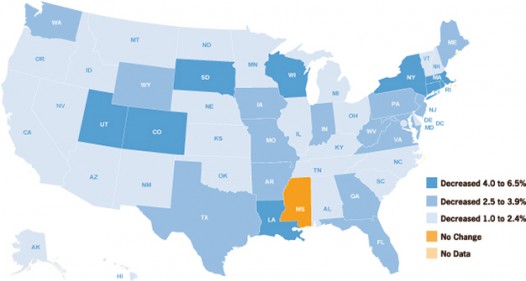Parents, Students and Coaches asked to Be Prepared for Fall Sports Seasons
Monday, August 15th, marks the official start of PIAA practices for fall sports, and youth teams will soon be getting into full swing. The American Academy of Pediatrics, the CDC, Safe Kids USA and Johnson & Johnson are all encouraging parents and coaches to protect young athletes, especially on hot, steamy practice days.
Meri-K Appy, president of Safe Kids USA, says that means having adequate training, hydration, and taking breaks. She says kids need to be drinking enough water even before they get on the field.
Appy says preparation includes having a pre-participation physical, warming up before practice and having the proper equipment for the sport.
Appy adds the whole culture needs to shift, so that we’re aware of the things that could go wrong; we can recognize, for example, the symptoms of a concussion. She says we all need to be speaking up, and kids themselves must learn to advocate for themselves. She says if young athletes don’t feel right, they should be able to say they need a time out, and the adults around them need to let them make that choice.
Appy says about 3.5 million children under age 15 are treated for sports injuries each year. She says at least half of these injuries are preventable.
Appy says while more attention needs to be paid to serious injuries such as concussions and the risk of heat related illness, parents and coaches can’t forget overuse and other injuries such as muscle strains and tears and bone or growth-plate injuries. She says we have to help our kids make wise decisions.
Safe Kids USA, with Johnson & Johnson, is holding free clinics around the country. The CDC has a web-based course on recognizing heat-related illness, as well as a tool kit on line. At least four teen athletes have died in other parts of the country this summer due to extreme heat during practice.



